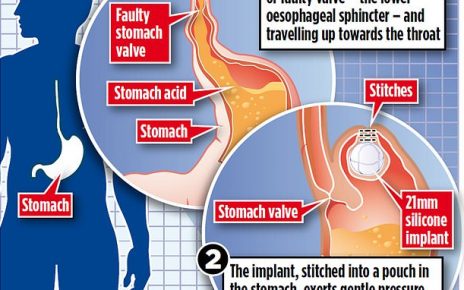Strictly: Craig Revel Horwood praises Dan Walker's cha-cha
We use your sign-up to provide content in ways you’ve consented to and to improve our understanding of you. This may include adverts from us and 3rd parties based on our understanding. You can unsubscribe at any time. More info
The 56-year-old is back on our screens for the current series of Strictly Come Dancing where he is seen judging the likes of Tom Fletcher and Adam Peaty, as they all fight to win the glitterball trophy. But when Craig takes to the stage himself, his severe osteoarthritis causes extreme limitations. Initially, the star dismissed the “dull” pain he was experiencing in both his hips, but as he powered through, his condition significantly worsened.
At the time Craig was performing panto, but was reluctant to let his new found pain get in the way. Instead he found himself “popping painkillers” and having intense three-hour long massages every other day.
Speaking to Mirror.co.uk in 2014 he said: “You tell yourself, ‘I’ll just work through this one, then rest’ but injury creates injury and ignoring them can make things worse.
“Then two years ago again when I was in pants, my right hip got much worse when I was dancing and I ended up limping about the stage – still in my high heels.
“I thought I had pulled a ligament but the horrible truth was that I had put my hip out and it was out of its socket for the panto run.

“I couldn’t pull out of the panto so I was popping painkillers and having a three-hour massage every other day. I assumed it was ligament damage and nothing to do with bone.
“Even so, by the time the Strictly tour was over in the spring, I knew something was really wrong as the pain had got progressively worse.,” he said speaking to Mirror.co.uk.
In order to cope with the progressive pain, Craig sought out professional medical advice. After having an MRI scan and an X-ray, the results were far from what Craig expected.
At the age of 48 Craig was required to have a hip replacement, along with being diagnosed with osteoarthritis.
“Stunned,” by his fate, Craig went on to find out that by doing constant dancing and ballet he had actually “worn out both hip joints,” which were then made worse by his arthritis.
Ironically, the star has become a patron of the National Osteoporosis Society – a UK-wide charity dedicated to improving the prevention, diagnosis and treatment of osteoporosis – thanks to his career success, but his condition is the one thing that is also limiting his career.
Craig said: “Ironically, I am the patron of the National Osteoporosis Society which is all about keeping bones healthy. I had put my body through an enormous amount of stress and strain.
“I was also anorexic when I was younger, which didn’t help, because it causes malnutrition of the bones, coupled with the dancing, which makes it worse.”

As a result of his diagnosis, Craig had hip resurfacing surgery – a type of hip replacement which replaces the surfaces of the hip joint.
After finding a “new lease of life” after his surgery, Craig’s troubles were far from over, as a few years later the area was still causing him a huge amount of pain.
In 2018 a spokesperson for the star confirmed that he was having to have a second hip replacement in order to pursue his work commitments.
What is osteoarthritis?
Osteoarthritis is the most common type of arthritis in the UK, affecting nearly nine million people.

Often mistaken for rheumatoid arthritis, both involve inflammation of the joints. Other symptoms that individuals may experience include swelling, tenderness, grating or crackling sounds when moving affected joints.
The NHS explains that for some people, the symptoms can be mild and may come and go. But for other people, more continuous and severe problems can make it difficult to carry out everyday activities.
Although there is no current cure for osteoarthritis, it is recommended to go and see your GP if you or someone you know is experiencing persistent symptoms of arthritis. Individuals may also be able to minimise the impact of symptoms by committing to a healthy lifestyle.
“A good diet and regular exercise will help keep muscles strong and control your weight, which is good for osteoarthritis and also has other health benefits,” explains the NHS.
Source: Read Full Article



